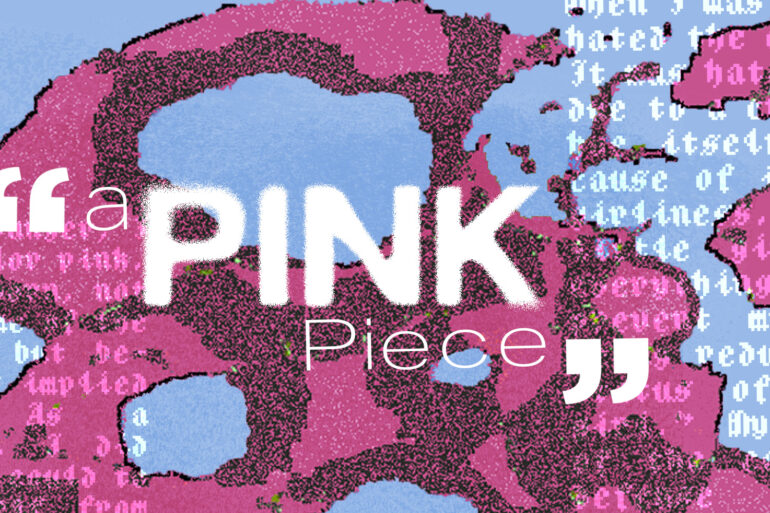As a girl, I hated the color pink. This hate was not due to a crime of the hue itself, but because of its “girliness”, painted on by society. When I was younger, I did everything I could to avoid the belittlement of being perceived as a “little girl”. I feared nothing more than being assigned the status of “stupid girl” ’or “vain girl”. The result was pink disappearing from my closet and with it, the elimination of everything associated with it. It wasn’t forceful or purposeful, but the extinction was the same nevertheless. This is not just my story, but one replayed in nearly every Paris-themed and Barbie-littered bedroom.
During the second wave of feminism in the 1960s, traditionally feminine associations were dissented by feminists creating a social divide between femininity and feminism. As a result, the color pink became a symbol of feminine stereotypes as a whole, a casualty in the name of social progress. Today, much of the media presents stereotypical depictions of femininity as shorthand for vanity akin to Regina George and Sharpay Evans. This synonymizes the color pink with the “villains” most notable for it. What are young girls to do but let this media shape them and alter their perceptions of self? These villains work in direct opposition to the hero that is smarter and more aware than their bimbo-esque counterparts, solidifying the “cool girl monologue” as a very real aspect of our gender interactions and how they are reflected in the media. These interactions exist in a Western culture that idolizes girls that reject femininity but retain attractiveness and a need for men.
This sloppy attempt at utilizing visual psychology places obvious femininity in juxtaposition to the “not like other girls” trope. This creates a tightrope walk for girls in how they present themselves to the world as either bubbly and ditzy or respectable and cool – a young girl’s Madonna Whore Complex. But young girls want to be believed. They want equality within their interactions more often than not. How we dress shapes our impressions, and wearing the color pink is an automatic disadvantage that forces us to prove our intellect and complexities.
Pink has only recently re-entered my life, but the narrative still carries as girls aim to separate themselves from sorority girls for their stereotypical “airheadedness” or fashion majors who are categorized as mean and judgy. Recently, however, I’ve seen women embrace pink and their femininity as they separate it from traditional and misogynistic gender roles. When women continue to gain recognition for their work in the entertainment industry, these derivative tropes start to become obsolete to modern audiences. The talk surrounding Greta Gerwig’s Barbie movie gives me hope that for young girls today, pink can be both fun and a symbol of intellect.
The way we talk about the color pink and what it means about the people that wear it exists in our everyday conversations as an element of internalized misogyny that is often dismissed by the idea that our assumptions are true. This fear of purposeful and unapologetic femininity is fueled by mistaking it for vanity and insecurity. Embracing femininity is often seen as a need to fit into a societal hyperbole of what women should be, but when society hates these women, who are they dressing for, if not for themselves?
Words by Iyla Feist.
Graphic by Evelyn Venezky.

